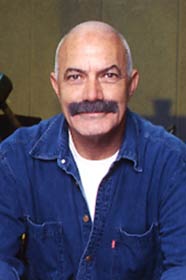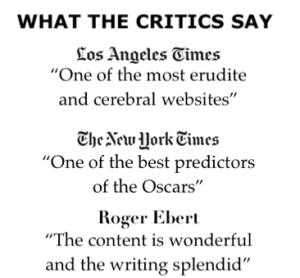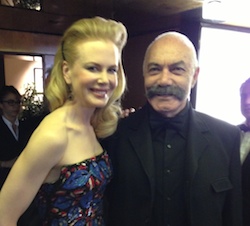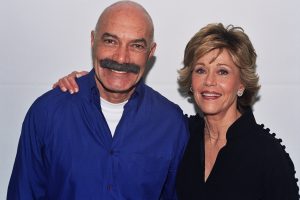Next to John Ford, Howard Hawks was the second director who had greatly influenced Wayne’s career. Wayne appeared in five films directed by Hawks, four of which were Westerns: the classic epic Red River, and three that are considered a Western trilogy because they share similar plots and themes, Rio Bravo, El Dorado, and Rio Lobo.
It was Hawks who approached John Wayne with the idea of Red River, his first foray into the Western genre. “You’re gonna be an old man pretty soon,” he told Wayne, “and you ought to get used to it.” “You better start play characters,” Hawks advised, “instead of that junk you’ve been playing.” Hawks was also the first director to give the actor real freedom in interpreting his juicy role of Thoman Dunson. Never beyond learning, Wayne was given useful advice, “do three scenes (memorable acting bits) in a picture and don’t annoy the audience in the rest.” Indeed, Hawks believed that it was enough for performers to excel in a few scenes, granted they did not irritate the audience in the others.
Hawks thought Red River “made Wayne a good actor, because he does not try hard to do things he’s not capable of doing.” He was “a hell of a lot better than most people think he is,” said Hawks, and had “more power than any other man on the screen.” “The only problem with Wayne,” the director felt, “is who do you get to play with him,” because “if you get somebody who’s not pretty strong, he blows them right off the screen. He doesn’t do it purposely–that’s just what happens.”
Indeed, Wayne first had reservations about Montgomery Clift because he was a stage actor, with no screen experience, and a proponent of New York’s Method acting, which Wayne and other Hollywood actors disliked. “Howard (you) think we can get anything going between that kid and myself” he asked the director after his first meeting with Clift, to which Hawks said, “I think you can.” After a few scenes, Wayne conceded, “You’re right. He can hold his own, anyway, but I don’t think we can make a fight.”
Hawks then told the star, “Duke, if you fall down and I kick you in the jaw, that could be quite a fight. Don’t you think so” Wayne reportedly said, “Okay,” and that was all there was to it. But it took several days to make Clift “tough enough to be against Wayne because he didn’t know how to punch or move when we rehearsed.” Clift himself was puzzled by the idea of fighting with Wayne, and he reportedly disliked the fight scene because it made the showdown with Wayne a farce. But many critics singled out the casting of Clift opposite Wayne. “The greatest triumph,” wrote one reviewer, “was creating the illusion of a hidden force of character capable of holding his own with Wayne, who is at least twice his size.”
Clift was apparently disturbed by Wayne’s acting style. Wayne’s technique was not to act for the camera, but to react to the situation called by the script as naturally as possible. Clift, by contrast, was used to stage work, to getting to know his fellow actors and relating to them emotionally. He complained to Hawks that Wayne did not look at him when they were in the same scene. But under Hawks’s direction, they adapted to each other, with each playing off the other’s differences, in appearance, voice, and manner, so that both ended up giving distinguished performances. Red River turned out to be an important experience for all participants, convincing Hawks to use Wayne in another Western, Rio Bravo, which also became a box-office hit.










